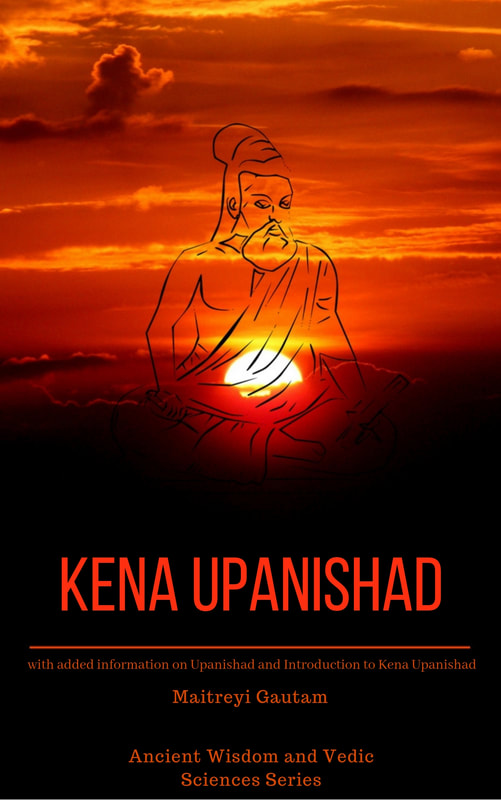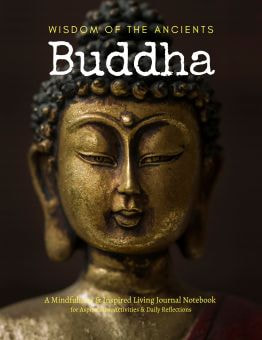Vijayadashami, while being a celebration of victory, also serves as a reminder of the inherent moral and spiritual struggle in human life.
Significance:
Rituals:
The festival's rituals and stories emphasize the importance of righteousness, justice, and perseverance. Celebrated with much fervor across India, it signifies the universal message that, in the end, truth and goodness always prevail over deception and wrongdoing.
Significance:
- Symbolism of Victory: Vijayadashami, also known as Dussehra, marks the victory of good over evil. The name itself is derived from "Vijaya" (victory) and "Dashami" (tenth), symbolizing the triumph on the tenth day.
- Ramayana: The festival commemorates Lord Rama's victory over the demon king Ravana. According to the epic Ramayana, after a prolonged battle, Rama killed Ravana on this day, symbolizing the victory of righteousness over wickedness.
- Mahabharata: According to another legend, the festival marks the day when the Pandava brothers retrieved their weapons, which they had hidden in a tree during their exile, signaling their readiness to reclaim their kingdom from the Kauravas.
- Goddess Durga: In eastern parts of India, Vijayadashami marks the end of Durga Puja, celebrating Goddess Durga's victory over the buffalo demon Mahishasura. This story underscores the theme of the triumph of good over evil and the empowerment of divine feminine energy.
Rituals:
- Ramlila: In many parts of North India, the story of Ramayana is enacted over nine nights, culminating in the dramatic burning of effigies of Ravana, Kumbhakarna, and Meghnad on Vijayadashami, signifying the victory of good over evil forces.
- Durga Puja: In West Bengal and other eastern states, Vijayadashami marks the culmination of Durga Puja. On this day, beautifully crafted clay idols of Goddess Durga are immersed in rivers or water bodies, symbolizing the goddess's return to her celestial abode.
- Aparajita Puja: A ritual where a white flower is worshipped, signifying the victory of the goddess. The flower is then placed behind the ear or in the hair.
- Saraswati Puja: In southern states like Kerala, Vijayadashami is considered auspicious for initiating children into the world of learning. This ritual, known as 'Vidyarambham' or 'Ezhuthiniruthu', involves children writing their first letters.
- Shami Tree Worship: According to the Mahabharata legend, the Pandavas hid their weapons in a Shami tree during their exile. On Vijayadashami, they retrieved them. To commemorate this, people in some regions exchange Shami leaves and greet each other with wishes for victory in their endeavors.
- Processions: In several parts of India, processions with the deities are taken out, with music, dance, and fervor.
- Aayudha Puja: In South India, there's a tradition to clean, decorate, and worship tools, vehicles, and books, acknowledging their role in one's professional and personal growth.
The festival's rituals and stories emphasize the importance of righteousness, justice, and perseverance. Celebrated with much fervor across India, it signifies the universal message that, in the end, truth and goodness always prevail over deception and wrongdoing.






















